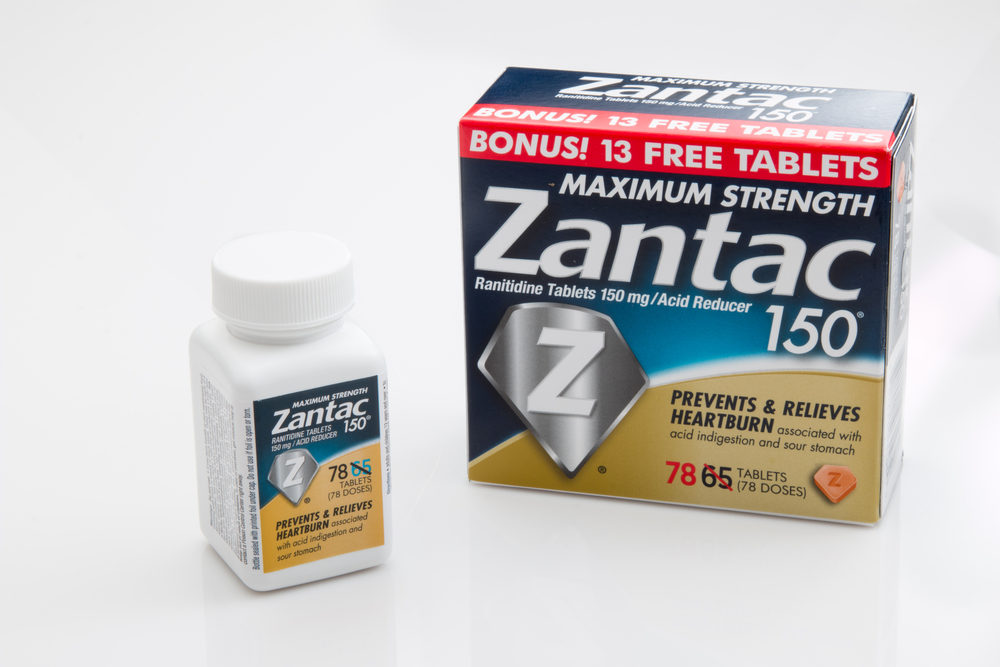
On April 1, 2020, the U.S. Food and Drug Administration (FDA) requested the recall of all forms of Zantac (ranitidine) from the market, due to concerns about cancer risks. This was the final step in over a year of investigations and studies on the drug that linked it with N-nitrosodimethylamine (NDMA), a cancer-causing agent.
Now, GlaxoSmithKline (GSK)—which directly or through a subsidiary, marketed prescription forms of Zantac in the U.S., for years—has approved the sale of its manufacturing facility in India for $25 million, a fraction of its cost.
GSK Couldn’t Keep the India Plant Busy
GSK opened the $155 million plant in Vemgal, India, only three years ago, according to Fierce Pharma, as it was anticipating a “strong market for its gastroenterology treatments.” The company employed a total of 300 people at the plant and boasted of a capacity to produce 8 billion tablets and 1 billion capsules a year.
The plant never produced Zantac for commercial sale, however. After GSK pulled its branded version of the drug last year, which by that time was sold only outside the U.S., its need for the plant diminished. The GSK version of ranitidine was made with active ingredients sourced from Indian drugmakers, but without the drug, the company was having a hard time keeping the India plant busy.
GSK announced its intention to sell the plant in February 2020 and has now finalized that sale to Hyderabad-based Hetero Labs. The sale will be complete by September 30, 2021.
GSK Was There at the Beginning of Zantac Development
Zantac/ranitidine belongs to a class of medications called histamine H2-receptor antagonists (H2 blockers). These medications decrease the amount of acid produced by the stomach. Zantac was used to treat gastric ulcers, heartburn, acid indigestion, sour stomach, and other gastrointestinal conditions.
Ranitidine was first discovered by a chemist working for Allen and Hanburys, a subsidiary of GSK. GSK continued work on the drug and developed it in response to the then-leading H2 blocker, cimetidine (Tagamet). Even at that time, back in the 1970s, there was evidence that drugs like ranitidine that contain a dimethylamine (DMA) group were likely to form NDMA during digestion when combined with other substances like nitrite, which is found in the human body.
GSK received FDA approval for the prescription use of Zantac in 1983. Because of the company’s aggressive marketing campaign, the drug was wildly successful and reached $1 billion in total sales in December 1986.
Zantac became available without a prescription in 1996, and the generic version became available the following year.
Federally Filed Zantac Lawsuits Consolidated in Florida
On September 13, 2019, online pharmacy Valisure filed a citizen’s petition with the FDA stating it had found NDMA in samples of the drug tested, and asked the agency to recall the drug. The company CEO David Light also expressed concern about the fact that the ranitidine molecule seemed unstable and contained a DMA group that could easily form NDMA in the body.
The FDA warned doctors and the public of the risk and undertook its own investigation, which ended in the recall of all forms of ranitidine from the market in April 2020. Because of a rising number of Zantac lawsuits, the U.S. Judicial Panel on Multidistrict Litigation (JPML) consolidated all federally filed cases in the Southern District of Florida in February 2020.

Exclusively focused on representing plaintiffs—especially in mass tort litigation—Roopal Luhana prides herself on providing unsurpassed professional legal services in pursuit of the specific goals of her clients and their families. While she handles complex cases nationwide on behalf of consumers, Ms. Luhana resides with her family in Brooklyn, New York.










Comments for this article are closed.